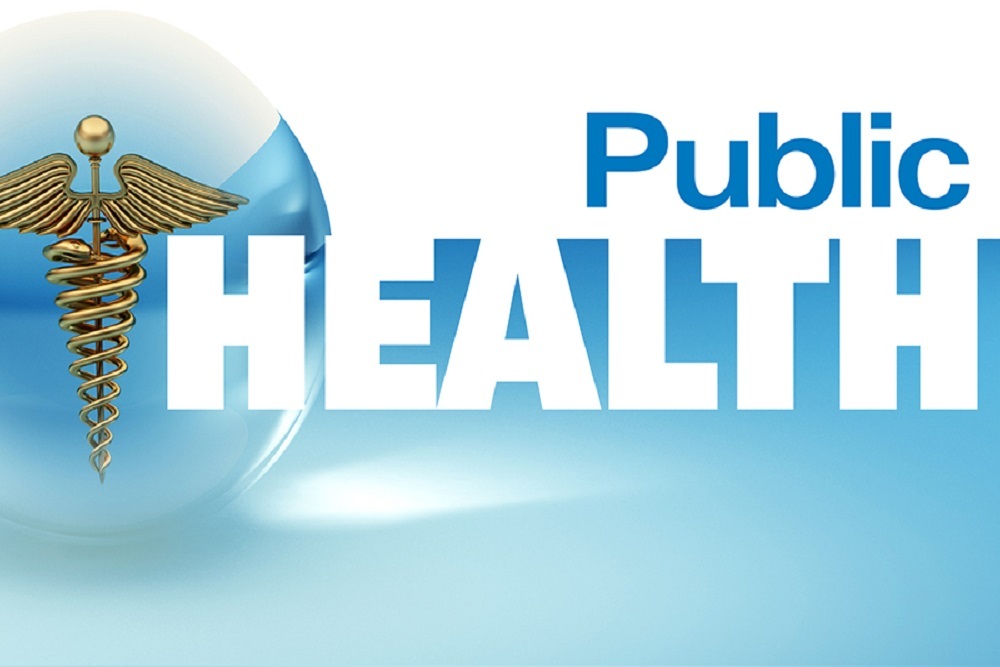
U.S. Food and Drug Administration issued the following announcement on April 4.
The U.S. Food and Drug Administration and the U.S. Customs and Border Protection (CBP) leaders signed an agreement today to maximize inspection and detection capabilities in order to prevent illegal and harmful products entering the U.S. through the nation’s International Mail Facilities (IMFs) and Ports of Entry that pose a threat to public health. Through this joint effort, each agency will work toward enhancing knowledge-transfer to increase efficiency, reduce duplication of efforts and facilitate mission responsibilities. Collaboration on shared laboratory space, scientific equipment and facilities, along with intellectual, historical and institutional knowledge will optimize the resources at each agency’s disposal.
“Today’s letter of intent demonstrates the FDA’s ongoing work with CBP and our other federal partners, to ensure that FDA-regulated products imported into the U.S. are safe and otherwise comply with federal law,” said FDA Commissioner Scott Gottlieb, M.D. “Thousands of illicit and dangerous products come from overseas each day, such as unapproved fentanyl products, counterfeit prescription drugs or fake over-the-counter products that look legitimate. In recent years, we’ve committed new resources and have been granted new authorities by Congress to target these violative products and stop them before they’re able to enter our country. When bad actors try to circumvent the safety of our supply chains by breaking federal law, we’ll take all appropriate action necessary to ensure these potential risks do not harm the American public.”
“CBP and FDA have a long history of working jointly to protect the public from illegal or harmful products entering the U.S.,” said U.S. Customs and Border Protection Commissioner Kevin K. McAleenan. “Information and resource sharing between agencies allows us to be more effective and more efficient in confronting threats. We are eager to see the results of this expanded partnership. I would also like to congratulate FDA Commissioner Scott Gottlieb for his accomplishments during his tenure and thank him for strengthening the CBP and FDA collaboration. We look forward to continuing these efforts with our colleagues at the FDA.”
Most mail arrives in an IMF without advanced or specific identifying information. The FDA uses advanced screening technology to assess the contents of these packages and to increase efficiency of the agency’s overall investigational capabilities.
The FDA and CBP will expand how information is shared between the agencies to identify trends which can target future entries. This may include general data points on frequent countries of origin, as well as specific products and volumes of packages at each location.
An additional focus of this effort will be coordinating shared space as well as increased scientific presence at high-risk/high-volume IMF locations, helping to facilitate and support real-time entry decisions and increased data sharing. Additionally, the FDA and CBP will enhance coordination around efforts to identify violative packages and develop new targeting and enforcement strategies at Ports of Entry.
In Fiscal Year 2018, FDA staff posted at the IMFs around the country examined packages from more than 180 countries. Approximately 90 percent of the packages reviewed by the FDA contained products that should not have been entering the country.
There are currently nine IMF locations across the U.S., with one location in Florida, Hawaii, Illinois, New Jersey, New York, Puerto Rico, U.S. Virgin Islands respectively and two locations in California. CBP provides security and facilitation operations at 328 Ports of Entry throughout the country.
Original source can be found here.




